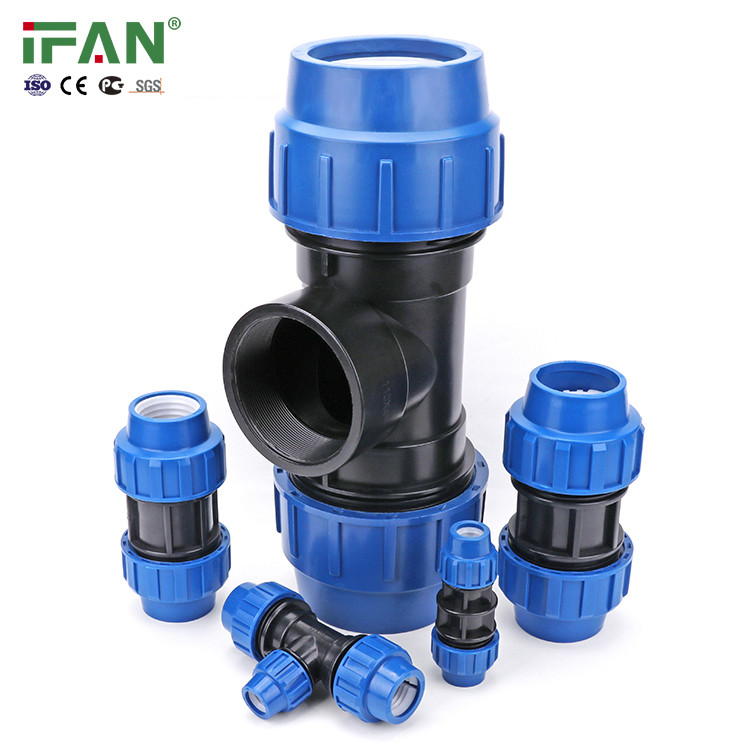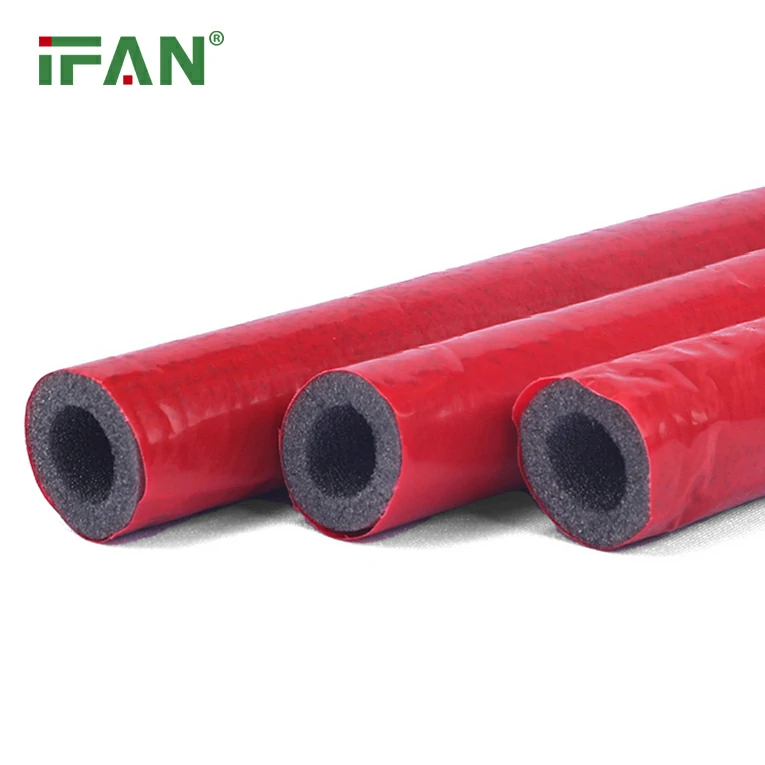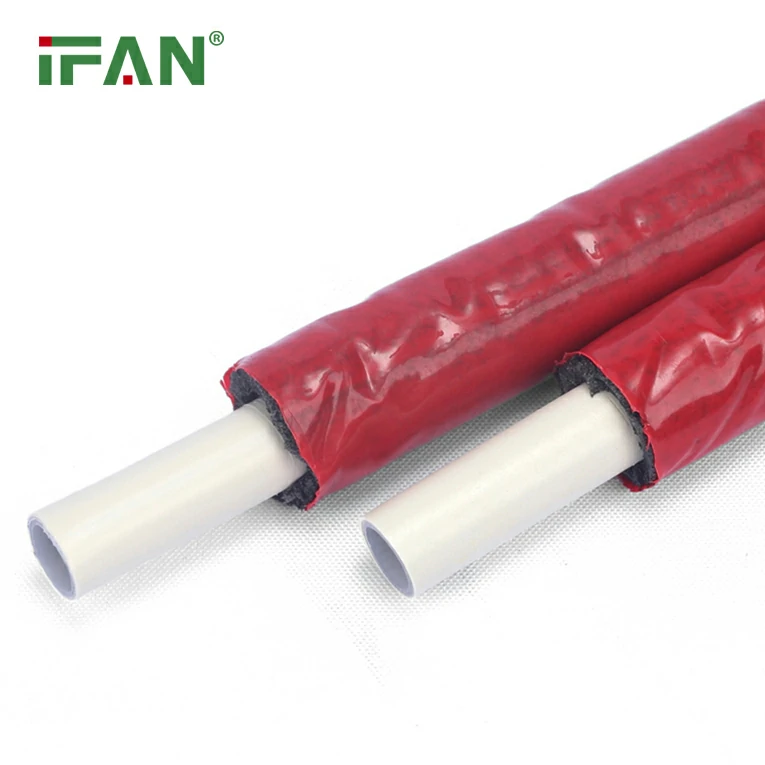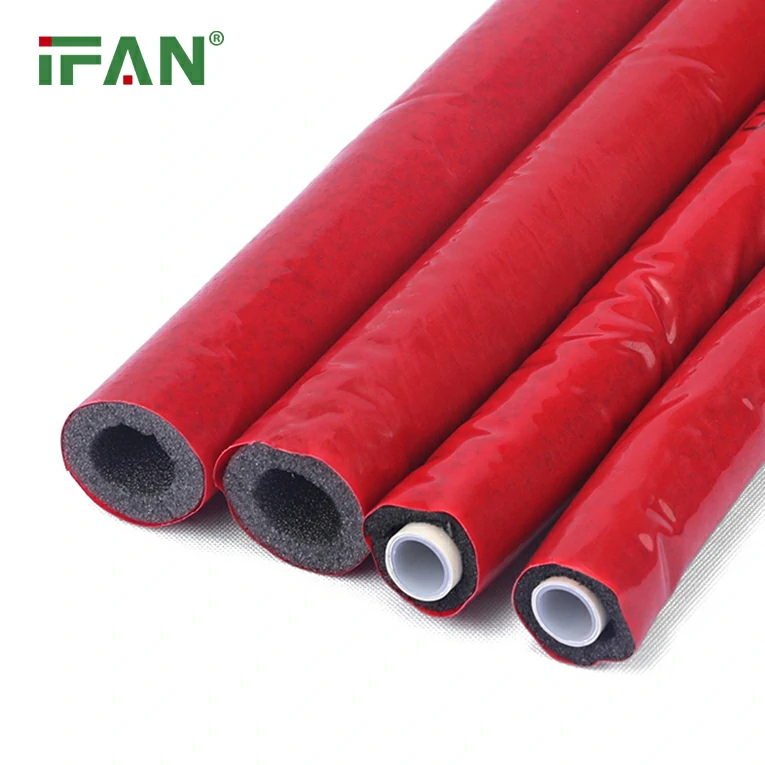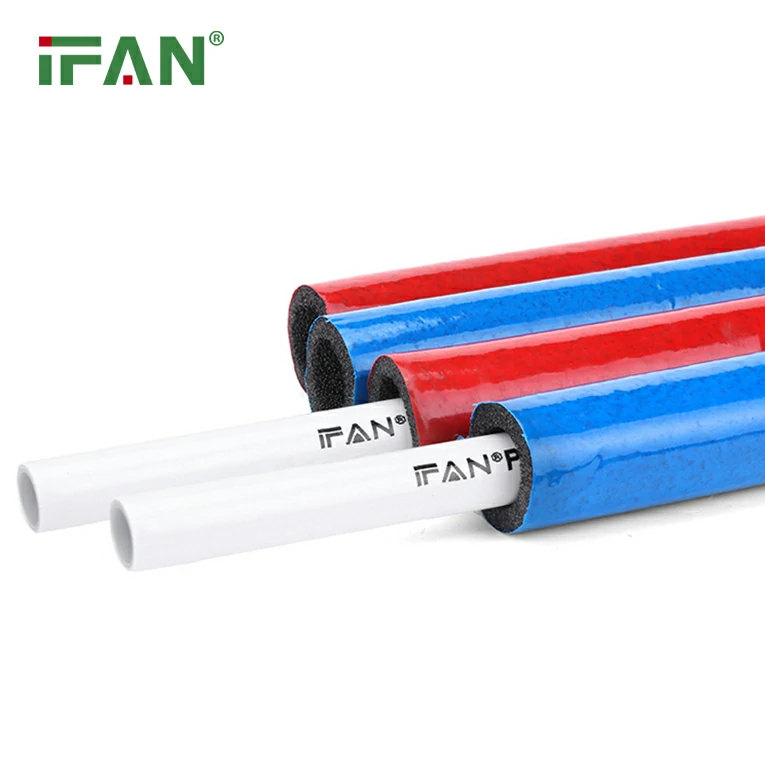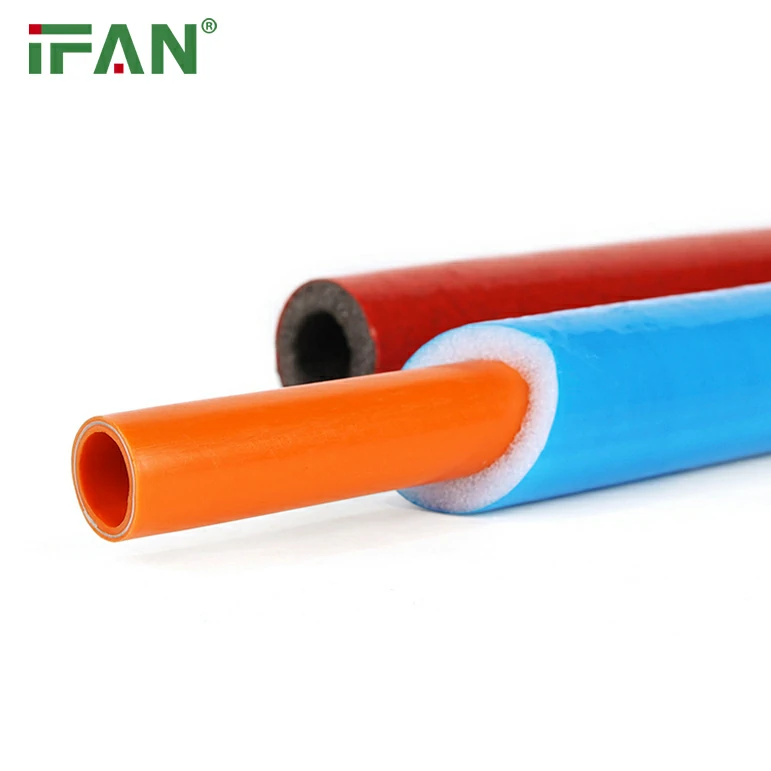When it comes to gas pipe networks, the importance of selecting the appropriate fittings cannot be overstated. If you’re looking for the perfect combination of durability, versatility, and reliability, then HDPE fittings are your best bet.
What is HDPE?
HDPE stands for High-Density Polyethylene, a type of thermoplastic that is commonly used in various industrial and construction applications. Its primary benefits are its high strength-to-density ratio, resilience in extreme temperatures, and resistance to chemicals and UV radiation.
The Benefits of HDPE Fittings
- Durability
HDPE fittings are designed to withstand the toughest conditions, including extreme temperatures, harsh chemicals, and high pressure. They are also resistant to rust, corrosion, and erosion, reducing your need for repairs and replacements.
- Versatility
HDPE fittings are available in different sizes and shapes, making them suitable for a wide range of applications. Plus, they can be easily installed using a variety of methods, such as butt fusion, electrofusion, and mechanical compression.
- Cost-Effective
HDPE fittings are a cost-effective alternative to traditional materials like steel or copper. Unlike these materials, HDPE fittings require minimal maintenance, which saves you both time and money in the long run.
- Environmentally Friendly
HDPE fittings are recyclable, reducing the environmental impact of your gas pipe network. Additionally, since they are lightweight and require less transportation to install, they contribute to a reduction in carbon emissions.
Conclusion
If you want a gas pipe network that is built to last, versatile, and cost-effective, HDPE fittings are the way to go. Their durability, versatility, cost-effectiveness, and environmental friendliness make them a smart investment for any gas pipeline installation.
Don’t settle for mediocre fittings that will end up costing you more in the long run. Choose HDPE fittings, and enjoy a gas pipe network that will stand the test of time.
IFAN factory started in 1993. And IFAN has workshop 120000 square meter with 610 staff. IFAN can design and produce all plumbing pipe and fitting include PPR,PVC,CPVC PPSU HDPE PEXA PEXB PERT pipe and fitting ,brass fitting, brass ball valve ,heating system , gas system , sanitary faucets and hose, In the past 30 Years, IFAN has never forgotten his mission-To protect health and safety. And IFAN factory use best materials to produce high quality pipe and fittings with automatic production line and high tech quality control machines. The most important,IFAN can guarantee that all pipes and fittings manufactured by IFAN are qualified.
Free Sample(Click Here to Get Free Sample)
